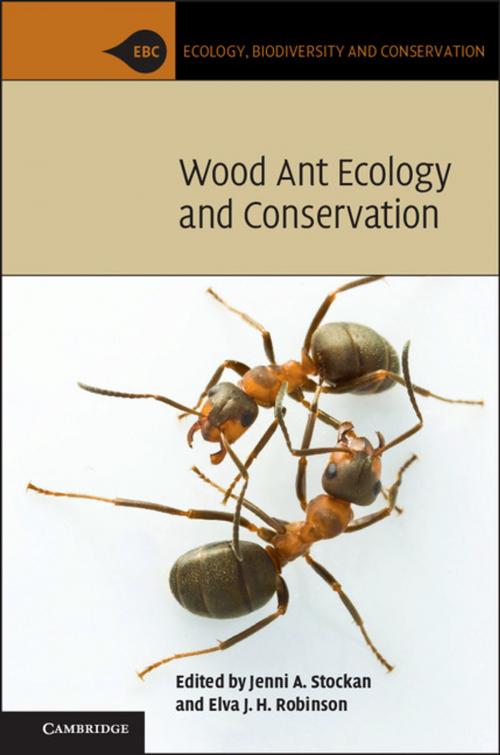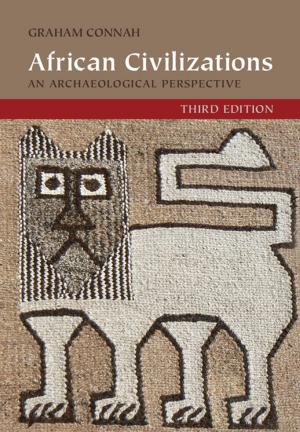Wood Ant Ecology and Conservation
Nonfiction, Science & Nature, Science, Biological Sciences, Ecology, Nature| Author: | ISBN: | 9781316683194 | |
| Publisher: | Cambridge University Press | Publication: | July 7, 2016 |
| Imprint: | Cambridge University Press | Language: | English |
| Author: | |
| ISBN: | 9781316683194 |
| Publisher: | Cambridge University Press |
| Publication: | July 7, 2016 |
| Imprint: | Cambridge University Press |
| Language: | English |
Wood ants play an ecologically dominant and conspicuous role in temperate boreal forests, making a keystone contribution to woodland ecosystem functions and processes. Wood ant taxonomy and global distributions set the scene for this text's exploration of wood ants as social insects, examining their flexible social structures, genetics, population ecology, and behaviour, from nest-mate recognition to task allocation. Wood ants' interactions with their environment and with other organisms are essential to their success: competition, predation and mutualism are described and analysed. Bringing together the expertise of ecological researchers and conservation practitioners, this book provides practical and theoretical advice about sampling and monitoring these insects, and outlines the requirements for effective conservation. This is an indispensable resource for wood ant researchers, entomologists, conservationists and ecological consultants, as well as anyone interested in social insects, keystone species and the management and conservation of forest ecosystems.
Wood ants play an ecologically dominant and conspicuous role in temperate boreal forests, making a keystone contribution to woodland ecosystem functions and processes. Wood ant taxonomy and global distributions set the scene for this text's exploration of wood ants as social insects, examining their flexible social structures, genetics, population ecology, and behaviour, from nest-mate recognition to task allocation. Wood ants' interactions with their environment and with other organisms are essential to their success: competition, predation and mutualism are described and analysed. Bringing together the expertise of ecological researchers and conservation practitioners, this book provides practical and theoretical advice about sampling and monitoring these insects, and outlines the requirements for effective conservation. This is an indispensable resource for wood ant researchers, entomologists, conservationists and ecological consultants, as well as anyone interested in social insects, keystone species and the management and conservation of forest ecosystems.















